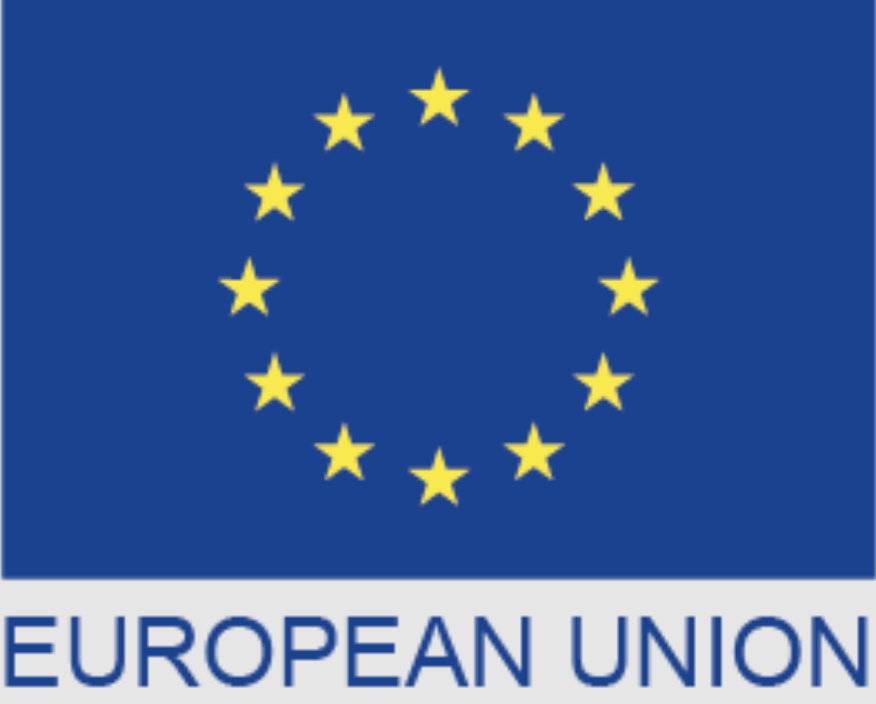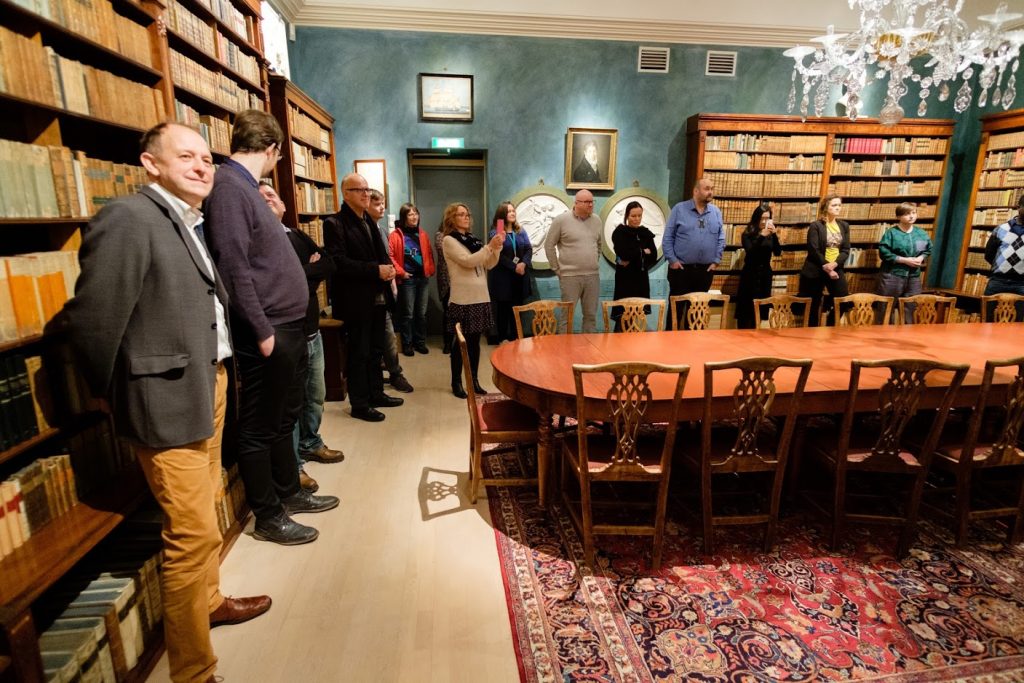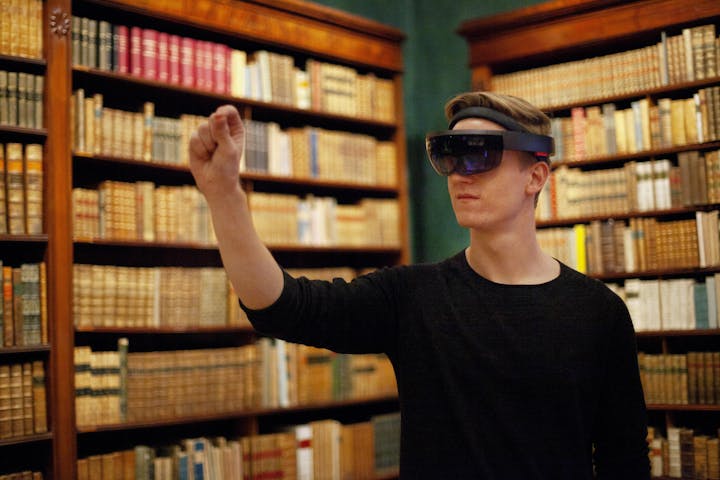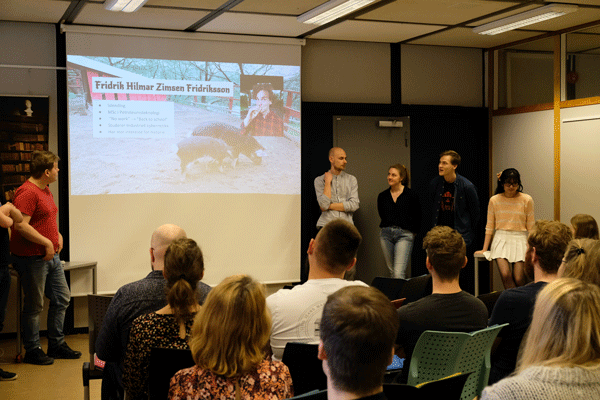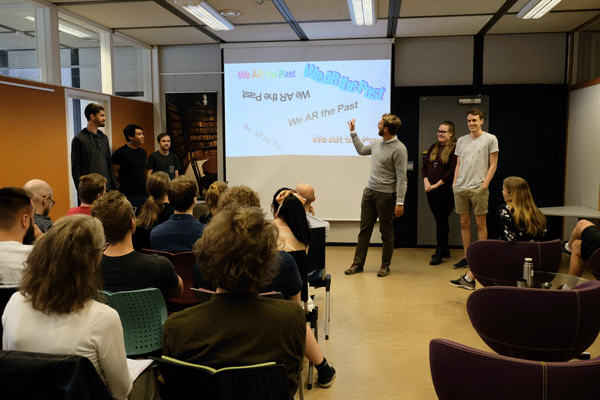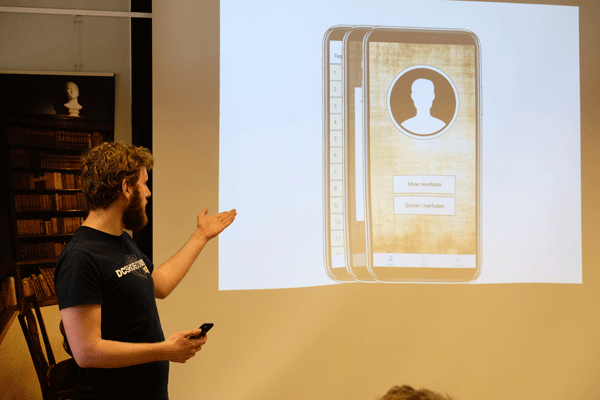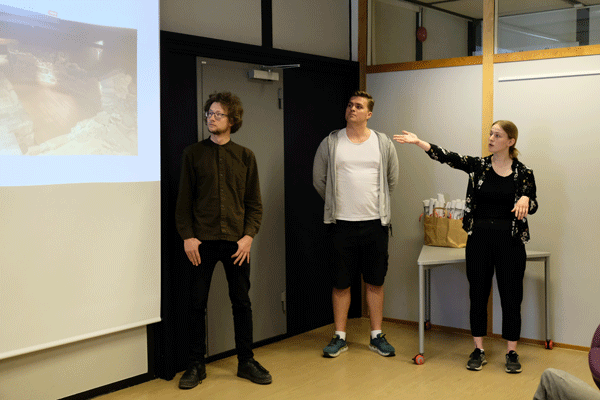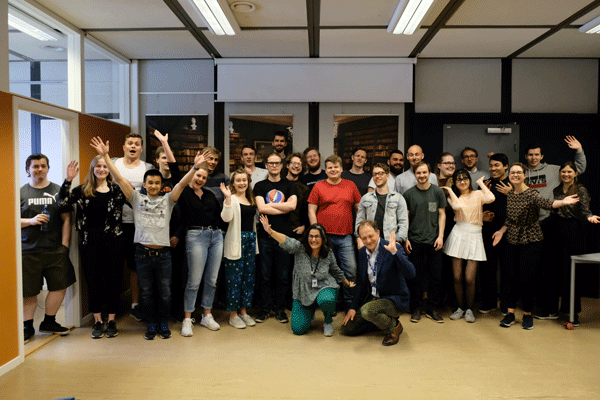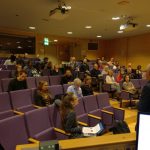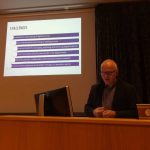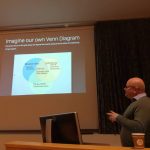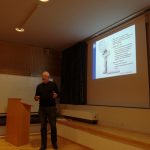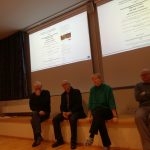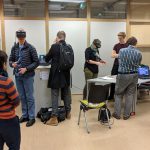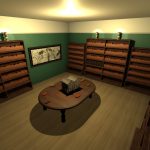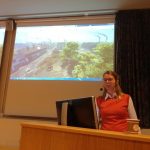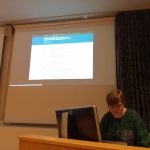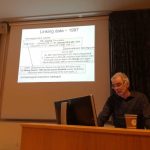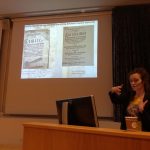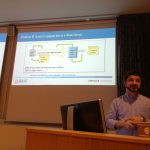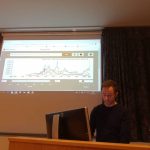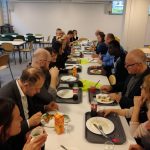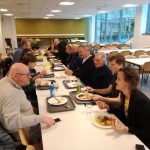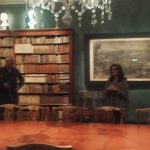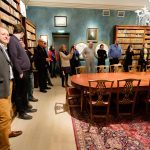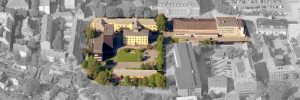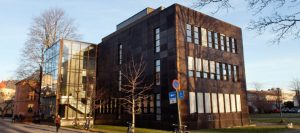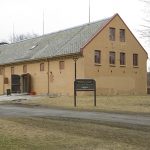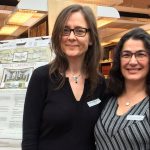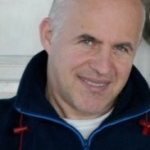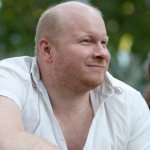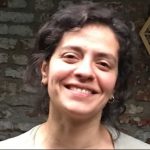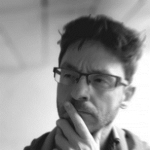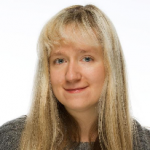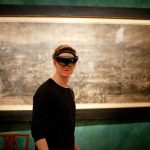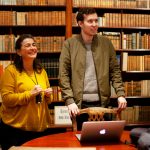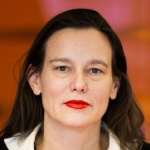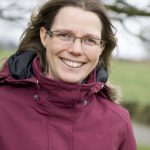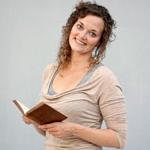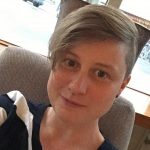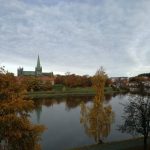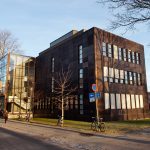Website: https://echoing.eu/
eCHOing project:Recovery of cultural heritage through higher education and open innovation
Erasmus +, KA220-HED – Cooperation partnerships in higher education
January 2022 to June 2024
The project is faninced by EU with Erasmus+ funding
The eCHOing Partners
Acronyms: P1 NTNU; P2 SSSA; P3 W2L; P4 SU; P5 UT; P6 OSYGY
- NTNU, leading institution. Coordinator: Alexandra Angeletaki, NTNU Ålesund, Partners: Paula Rice, Inga B. Langfeldt
- Santa Anna University, Pisa, Italy specialises in : 3D technology and Artificial Intelligence apps with Dr. Chiara Evangelista.
- Web2Learn, SME, Greece, specialises in Citizen Science and educational innovation with Dr. Katerina Zourou.
- University of Sofia, Digital technologies in the GLAM sector with Dr. Milena Dobreva.
- Universty of Tartu, Viljandi Culture Academy, Estonia, Vocational training of crafts with Dr. Ave Matsin.
- OSYGY Women’s Association in the Cyclades volunteer organisations safeguarding local and regional cultural heritage and crafts with Vice president, Anna Mavroudi.
With the emergence of COVID-19, the world has not only been hit with a severe economic blow, but with a political, social, ethical, and cultural crisis. Thus NTNU as an Higher Education Institution (HEI), has an obligation to fight such a crisis by providing up-to-date educational tools and transforming teaching design and implementation to become more resilient and accessible.
The main challenge eCHOing will address is how to establish an effective transfer of knowledge based on experiential learning and co-create resilient solutions for CHOs after a crisis in different European countries. The NTNU UB, Gunnerus branch has been working with similar initiatives since 2008 and has established both a national and international network of such collaborations( See Mubil.no, ARK4). The fact that Libraries work with integrated learning through hands-on seminars and have a long tradition in following digital transformation as it develops through time through services for students and researchers, allows the NTNU library to challenge its role as an important educational partner in the HEIs landscape. Our application was funded with ca 360.000 euro for 30 months and our project called eCHOing has just started in January 2022 with NTNU UB coordinating the project.
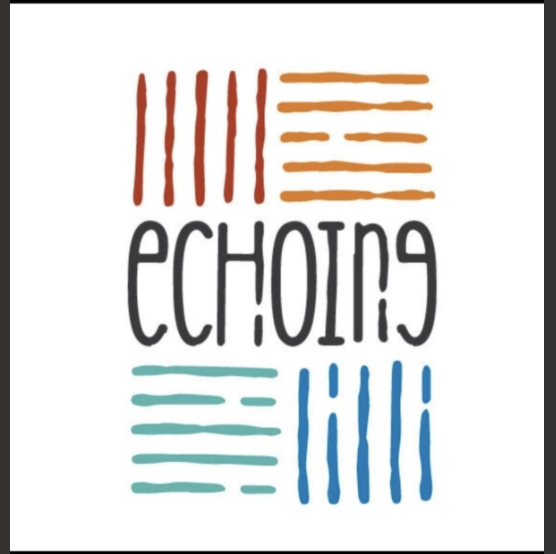
We, in eCHOing, believe in the “recovery of cultural heritage through higher education and open innovation.” In other words, we strive to find a way for our culture to be revived and our diversity to be celebrated, by creating a bridge between higher education institutions (HEIs) and society. We will do so through open innovation (OI), a process in which a new idea, device, or method addresses a certain problem in a way that gives importance to an individual or group, with the help of modern technology. Openness, thus, offers an opportunity for citizens to get involved and serve a social purpose, by participating in digitally enhanced activities. Such activities include hacktivism (activism by means of hacking for a social purpose), maker movement (DIY technology-based inventions), citizen science (participation of citizens in a scientific research), and crowd initiatives (such as crowdfunding and crowdsourcing).
With the participation of HEIs and members of small or medium-sized Culture Heritage Organizations (CHOs), such as universities, staff and students, local and national museums, cultural clubs and associations, local learning centres and libraries, and the help of OI, we can create more contemporary, innovative, and sustainable teaching methods within a diverse and socially responsible culture.
The overall impact of eCHOing will be for HEIs to become more agile in adjusting their curricula, teaching and learning methods and practises to the increasing number of extra-curricular forms of knowledge creation and circulation in which university students and staff are called to participate in during their studies. Through Open innovation forms and participation in international competitions for students, telecollaboration and virtual exchanges, etc. HEIs can rethink how niches of knowledge creation and circulation happening outside HEIs but in which students and staff are involved during their studies, can be incorporated and used to upgrade knowledge in academic curricula, and also upscale these examples to other curricula or disciplines. Thus in close collaborations with small and medium CHOs, they can contribute to the recognition/acknowledgement by HEIs of the importance of the focus on small CHIs: safeguarding the pluralities of culture, being decentralised, thus closer to local population being strongly interconnected with issues of identities, civic engagement and sustainable local development and promote intergenerational and cross-sectoral participation.
Through this International collaboration NTNU aims at fostering innovation in order to follow the changes happening in research and education in the HEI landscape of digital transformation. NTNU invites students, education professionals and cultural organisations to an open, knowledgeable and creative exchange of digital participation in order to establish active initiatives of resilience and digital transformation initiatives with its collaborating host institutions and find solutions that fit the regional profiles of its partner countries.
The Regional Museums that have joined NTNU as members of the eCHOing Advisory board and its partners in this endeavour are:
1. Falstad Center, (middle scale regional museum) with Head of Research, Ingeborg Hjorth, member of eCHOing advisory board.
2. World Culture United, Oslo, Norway (NGO on arts and crafts) with Artist and Project manager, Irene Dominquez Marques.
3. Kvenna Kunstverk AS (AS ceramics production center), Artist and Project manager Britt Dyrnes
4. ULLDAGA 2021-2023 (Regional project on arts and crafts) , crafts artist, Anne Bårdsgård.
5. Stiklestad National Cultural Center (medium sized cultural center and regional history Museum) with Head of Research Hanna Mellemsether
The Project is funded by Erasmus+ EU